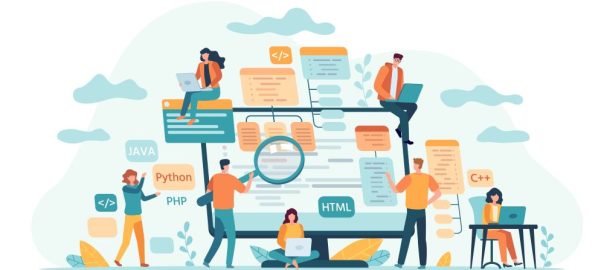Who Calls the Shots, You or Your Business Management Software?
There is something uniquely satisfying about using custom business management software designed around the way you do business. It works the way you want it to work. It does exactly what you want it to do. But if you are not using custom software, you might not know what that feels like. That leads to an important question: who calls the shots, you or your business management software?
It could be that your off-the-shelf software does exactly what you need to do in the way you want it done. And if that’s the case, great! We are thrilled that you found a package that meets your company’s unique needs. But also understand that your company is an outlier. Most companies either need to adjust their practices to line up with their software or find workarounds because the software doesn’t do what they want it to do.
The Calendar and To-Do List
There is no way for us to know exactly what your unique business needs are without sitting down and talking. So let’s temporarily set aside the idea of business management software to talk about something more basic: task management.
There are two basic options for task management software. The first is a calendar – like Google Calendar or a calendar built into an email client. The second is a to-do list package that lets you keep track of both calendar events and tasks.
Imagine a calendar app that lets you divide events into categories by color. You can drag and drop events with ease. You can even send yourself email notifications as reminders for critical events. But there are features the app doesn’t offer. They include sharing your events and creating events that recur on specific days.
Meanwhile, you also have a to-do list app that gives you many of the same features. With this app, you can share events liberally. You can create recurring events on specific days. But you cannot send yourself email reminders or drag and drop. You also don’t get a calendar view. Your only option is list view.
Choose One and Make It Work
Both apps have features that work extremely well for the way you do business. But both lack critical features, too. Your best option is to choose one and make it work. If that means missing some important features, so be it. If that means workarounds to accommodate how you do things, that is the way it goes.
This is the way a lot of companies approach their business management software. They look high and low for a package whose functions and workflow most closely resemble how they do business. Then they make it work. But when you pursue such a strategy, your business management software is calling the shots.
We don’t think you should have to work that way. So here at Modest, we do things differently. We write software that keeps control in your hands.
Software Should Work for You
Your business management software should work for you, not the other way around. You should be calling the shots in everything from day-to-day operations to what your business software does at night, when you’re not around.
So how do we do what we do? By not assuming. We get to know each and every client’s business before we start building software. We learn the client’s processes, workflows, procedures, etc. Then we build software that fits in seamlessly.
Who or what is calling the shots in your office? If you and your team are being controlled by your business management software, it is time for a change. Contact us today to get started with your custom business software solution.









